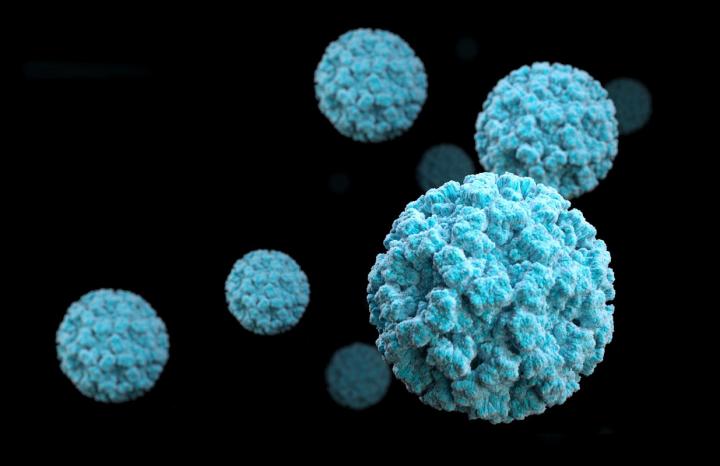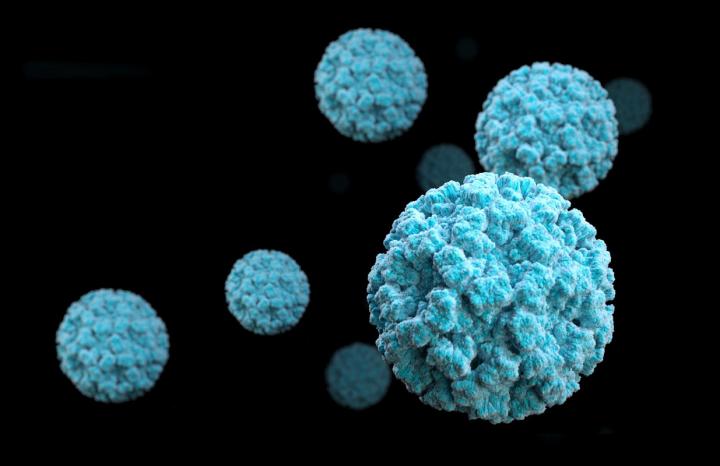
Credit: CDC
Each year, norovirus causes over 200,000 deaths and a global economic burden of $60 billion. A highly contagious virus that most people will contract 5 times in their lifetime, the most serious outcomes of the disease – hospitalization and death – are far more common among children and the elderly, and in low and middle income countries. In a new PLOS Collection – "The Global Burden of Norovirus & Prospects for Vaccine Development" – global norovirus experts fill critical knowledge gaps and provide key information to further development of a much-needed vaccine.
Insights from the collection
Bartsch et al estimate the annual global economic burden of norovirus at over $60 billion dollars; $4.2b of which comes in direct health systems cost, and $56.1b in societal costs. They also find that two thirds of that burden is the result of disease in children under the age of five.
In the US, Grytdal et al produced the first insights into norovirus rates in outpatient and community settings, finding substantially higher rates among children under 5 years of age. Also in the US, Rha and colleagues report on norovirus rates among military personnel and their beneficiaries, finding considerably higher incidence than estimates for the civilian population, likely owing to more frequent exposure for military personnel.
Mans et al investigated local burden data in 14 African countries, and identified a critical lack of data in older children and adults, whilst Shioda et al, in a study in Kenya, found that incidence of norovirus is about double the estimates from the US, UK and Netherlands, suggesting higher overall incidence in a developing-country setting.
Papers from Allen et al, Fumian et al and Lee Kim et al present data on the molecular epidemiology of norovirus from sporadic cases (UK, Malawi), Brazil, and Australia and New Zealand respectively. GII.4 strains of norovirus were found to be the most prevalent strain in Brazil, Australia and New Zealand, despite their obvious geographical differences, and were also common in sporadic cases as well as outbreaks.
The Collection focuses on a number of areas, including global and local burden of norovirus, molecular epidemiology, host-pathogen interactions and the biological challenges of developing a vaccine. In the lead paper, Lopman and colleagues state that vaccine development that focuses on young children would be the most efficient approach to directly prevent disease and would offer the greatest impact at the global level. Whilst early-phase trials have been conducted among adults in high income settings, there have been no clinical studies in children in either high or lower income settings.
In February 2015, Centers for Disease Control and Prevention and Bill & Melinda Gates Foundation convened a symposium in Atlanta, GA of scientific experts from government, academia and philanthropy. The group was charged with reviewing the most up-to-date research on norovirus, identifying key gaps and detailing what studies were needed to address them. The ultimate goal of the symposium was to guide the development of a norovirus vaccine for the populations that stand to benefit most: children in the developing world. The papers in this PLOS Collection represent the outcomes of this meeting.
###
Please provide a link to the freely available collection in your news story: http://collections.plos.org/norovirus
Media Contact
Nathaniel Gore
[email protected]
The post The $60 billion question — can we prevent norovirus? appeared first on Scienmag.





